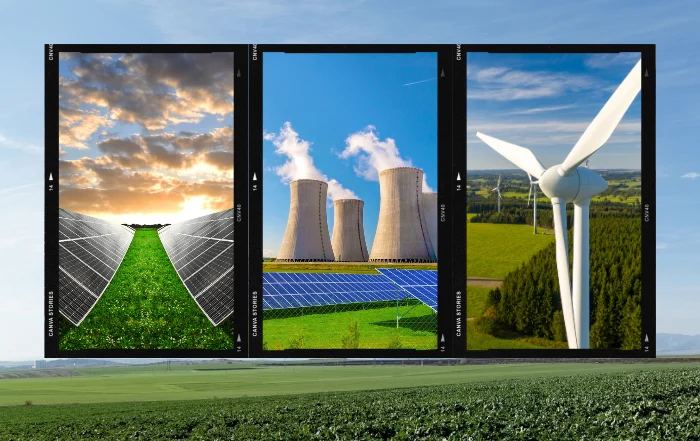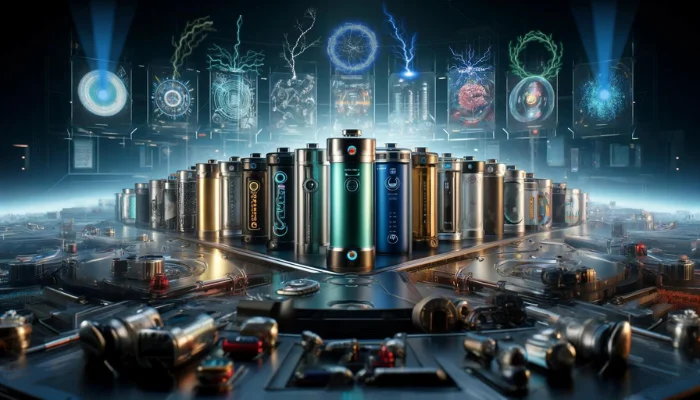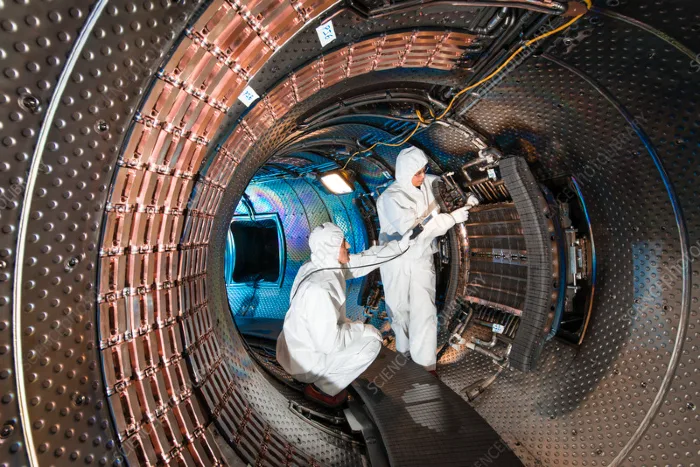What improvements in renewable energy were made in 2018 that no one told you about that changed the industry.
This is the story about how you were lied to, with billions of dollars being spent to confuse you about renewable energy.
In fact, the extent of the lies are so dramatic that you may not even realize you’re currently living through one of the most pivotal moments in modern history.
Now, hang in with me because in order to fully understand what I’m referring to and just what is going on, we need to take a time jump back to the First Industrial Revolution.
The First Industrial Revolution started in Great Britain between 1760 and 1820. It was defined as a major economic shift and, according to economists, that requires three things:
- A new way of communicating. In this case, it was the amazing and awe-inspiring ability of commercial printing and the creation of the telegraph.
- A new transportation mechanism. In this case it was steam with the introduction of steam-powered locomotives.
- A new power source. In this case, it was the burning of coal to generate electricity and heat.
So, that was the First Industrial Revolution, which all went down in Britain. Now, the second industrial revolution (or what is taught in American schools, as the only industrial revolution), started in 1870 and went to the early 1900s. And yes, it did take place primarily in America.
How Did The Second Industrial Revolution Meet The 3 Requirements?
The new way of communicating was actually three-fold. The combination of new technologies known as telephone, radio, and television.
As for the new transportation mechanism, the second industrial revolution provided the magic of the internal combustion engine, meaning roads were no longer dominated by horse-drawn carriages.
Finally, the third requirement of a new power source was cheap oil. Granted, they were still burning coal, but oil took off in popularity and has shaped nations around the world. Imagine where Saudi Arabia would be today without the discovery (and commercial use for) oil.
And that quick history lesson brings us to the present for a good reason. In truth, we’re currently living through a third industrial revolution.
Think about it – those key three metrics economists agree are required for an industrial revolution have shaped our modern times dramatically.
- Our new way of communicating is the internet.
- Our new way of getting around is hybrid and electric vehicles (argument here is that electric vehicles are nothing new, but the mass production of them certainly is).
- And our new power source is solar power, wind and nuclear.
Now, solar and wind power are far from the environmentally-friendly cure all of limitless energy that are often touted to be.
In truth, they’re not very efficient, rather quite wasteful, and must be subsidized by the government to remain financially viable. But guess what, so was the telephone, oil industry, and radio in the beginning.
Surely you didn’t think government funds weren’t being used to build out telephone lines, or oil pipelines, or radio towers?
While companies were making vast investments in each, they were also receiving generous government grants, tax incentives and even government-backed loans.
Since 2016 the top five oil companies have spent a billion dollars trying to confuse everybody about these new power sources while also paying lobbyists to convince legislators to vote down additional government subsidies to continue the push for solar, wind, and even nuclear energy use.
Why? Is that really a question? Wouldn’t you do everything in your considerable power to slow down industries that have the potential to cut into the 900 billion dollars of pure profit the top five oil companies have made in the last decade?
I’m not ashamed to admit that I probably would.
With all of that profit (not sales or income, but actual take-home profit) in 2019 those same companies only spent three percent of their 115 billion dollar capital investments in low carbon alternatives.
And they did that while suggesting that a power grid based off of renewables isn’t feasible, is inefficient, is too expensive and would likely hurt the economy.
A Year Before That, Everything Changed
Here’s what the oil industry didn’t mention when releasing their investments in 2019 – as of November, just one year before, the renewable energy industry was transformed.
It was in the last quarter of 2018 that the moment unheard around the world (oil companies are big advertisers on major media outlets) finally happened, renewable energy such as wind and solar became cheaper and more efficient than fossil fuels.

You Probably Want Some Numbers To Back Up That Statement – Good For You
In 1977 the cost of photovoltaic cells for solar panels was $76 now it’s only 50 cents. And this is all while fossil fuel energies have reached their peak efficiency.
Chemical engineers and scientists agree that fossil fuels have matured, leaving little potential left to exploit. In simple terms, the oil industry is as efficient as it can be. They hit the ceiling of discovery, extraction, production and delivery efficiencies and cost savings.
But wind and solar continue to become more efficient each year.
The sun emits 470 exajoules of energy to earth every 88 minutes. That is the amount of energy that all of us combined use in one year. If we grabbed just one-100th (0.001) of the energy that the sun emits, it would give us six times the energy we now use across the global economy.
And the data tells a similar story for wind energy. If wind farms grabbed just 20% of the wind that currently blows, it could power eight times the current global economy.
These facts are pushing the whole world to shift into the third industrial revolution. Now the first and second were spearheaded by Britain and America, so who is making the charge on the third industrial revolution?
Enter the European Union (EU) and China. Now the EU is on top of these renewable energies to help save the planet, but China’s reasons are arguably less altruistic.
Still, regardless of the why, 45 of the top 100 global total investments in renewable energy were from China. With the communist country announcing it would receive 62% of their energy from renewable sources in 30 years.

Europe currently gets 18% of its electricity from solar and wind, but some specific countries are completely committed to pushing these numbers much further.
Germany, for example, announced that over the next 20 years they are going to completely phase out coal.
And in order to make good on that bold promise, the largest economy in Europe is going to invest 40 billion dollars to help convert coal dependent cities, retrain coal workers, and ensure the continued prosperity of all local economies currently dependent on the coal industry.
That’s pretty impressive considering Germany has a lot of coal factories and currently gets one third of their energy from coal.
Thankfully, the German leadership understands that moving away from this energy source is going to be a huge challenge, but they realize it is an important thing to do in order to be a competitive commercial country in the future.
Germany and China aren’t alone in their progressive pledges of renewable energy adoption at almost any cost. Eighteen other nations have made their own commitments to the widespread adoption of solar and wind.
We’re talking countries you’d expect to be on this type of list like the Netherlands, Ireland and France.
But, a country you likely wouldn’t expect to see on the list so quickly, India, has made a strong commitment and has already ensured billions of dollars to oversee their promise is kept.
Each of those countries have also announced their intention to phase out the sale and registration of vehicles that are powered by fossil fuels over the next decade.
That’s lead to a recent projection by the Bank of America that 40% of global car sales will be electric by 2030.
Electric cars, while not the eco-friendly and harmless solution they are often touted to be (particularly by their manufacturers) have seen a steady decline in price of one of their most important and expensive components – lithium batteries.
To put the rapid price decrease in perspective, in 2010 it cost $1,000 per kilowatt-hour but by the end of 2017, the price had dropped dramatically to only $209 per kilowatt-hour.
That’s a 79% plunge in price in just seven years.
No wonder, the industry has been able to lower its prices and deliver higher quality vehicles that are now being embraced in record numbers of consumers.
The average density of electric vehicle batteries is also improving at a rate of about five to seven percent each year, according to Bloomberg.
By 2025, electric vehicles will constitute 19% of all passenger vehicle sales in China, 14% in the EU, 11% in the US.
I’m not out to take sides or convince you that electric cars are 100% superior to oil based vehicles.
In reality, there are still a lot of negative environmental impacts of lithium batteries.
And in truth, if you’re using a grid that’s powered by fossil fuels or coal to charge your electric vehicle, it becomes even less green.
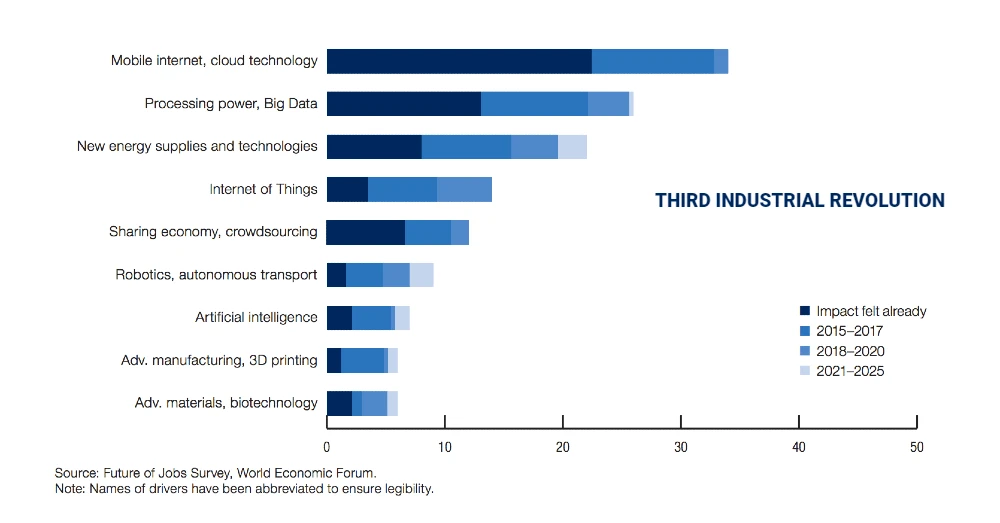
Remember the Internet Of Things?
Perhaps, one more efficient renewable energy isn’t the overall solution. Maybe, we need to expand our own usage of these technologies while reintroducing a concept that was mentioned nearly two decades ago and quickly forgotten… the Internet of Things (IoT).
Or, in simple terms, using the vast resources and power of the Internet to create an interconnected network for the purposes of resource sharing, data-backed real-time changes, and shared resources.
The oil companies have long made comments that placed unnecessary (at least, since 2018) doubt on the viability of an entire energy grid made up only of renewables such as solar, wind, and nuclear.
And the companies, with their hundreds of billions in profit, have long avoided to make helpful and large investments in technology to enhance, connect and communicate green technologies.
But scientists and engineers agree heavily that the solution can likely be found in everyone’s very best friend these days (particularly since the pandemic). They’re referring to the Internet.
Actually, they are specifically suggesting that we use the Internet of Things to create a future smart grid that could connect power sources, computing devices and everyday objects in order to all collaborate and work together to become the most efficient power grid possible.
All the pieces exist, the building blocks are already there, we just need to combine them and work together. Easier said than done, I know.
The smart grid powered by cooperation across all industries becomes incredibly efficient by sharing information and storing energy from wind, solar, hydro and nuclear and yes, even oil and coal when necessary as in developing countries.
You want an example? I love examples!
A great local example of this is wind farms that use smart technology so when there are hundreds of wind turbines they’re not working on their own they’re actually communicating with each other.
Each turbine is essentially suggesting how each individual turbine is affecting the wind and how they can optimize as a group to increase their overall efficiency and productivity.
Imagine this on a much bigger scale. Consider if an entire country’s power grid was communicating with itself and all other components in order to function at optimum levels 24/7.
In America, recent studies show that using the internet of things grids model to connect renewables can increase energy efficiency by 60% over the next 20 years.
And let’s face it, now is the time to do in the US. The continued deterioration of our country’s infrastructure could result in seven trillion dollars lost in sales and jobs by 2025.
Those aren’t my numbers, they’re real data by the experts.
The American society of civil engineers gave the current public infrastructure of America a deep fail.
Of course, many industries, lawmakers, politicians, etc. would strongly oppose connecting America’s grids. Many would justify their views by screaming about the complexity and overall expense of the required updates.
Those same legislators (their donor lists are public information) like to blame the public by saying that voters don’t want their tax money spent on such large-scale infrastructure projects.
But public opinion polls held in all states actually proves otherwise. In reality, most Americans support more federal state and local funding to improve infrastructure.
Here's A Crazy Idea Worth A Few Trillion Dollars
Many lobbyists, pundits and politicians openly decry the subsidies that go to the renewables’ energy industry each year.
But I’ve noticed all of those talking heads leave out a very important piece of data.
They never get around to mentioning the $5.3 trillion dollars in post-tax subsidies the fossil fuel companies received in 2015 alone.
So what exactly is a post-tax subsidy, and why do they pretend it’s somehow superior to any other form of subsidy, like the ones they want to stop from going to their competitors?
Essentially, a post-tax subsidy is the same thing. It means your tax money is going to funding these successful corporations.
Is it time to cut down their subsides (don’t worry, they’ll still make billions in profit every year) and put some of that money into investing in the future of green energy?
Surely the oil industry will be okay with a mere $2 TRILLION dollars from the taxpayers.
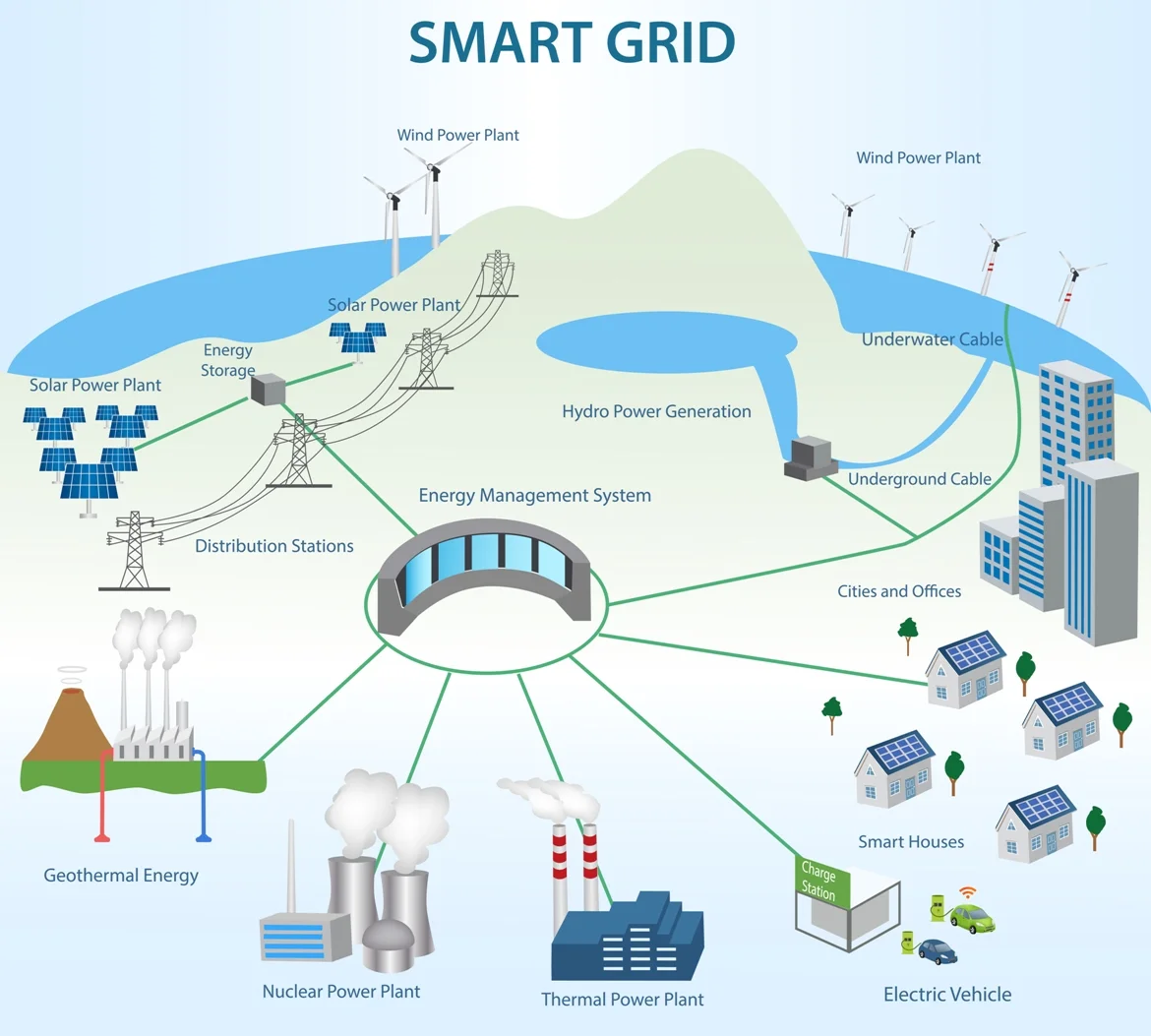
What About Jobs?
In America, jobs in wind, solar, and nuclear renewable energies already outnumber fossil fuel jobs at a rate of three to one.
Meaning, for every person working for an oil company (or fossil fuel adjacent), there are three working in the renewable energy sector.
So guess what, renewables are already the largest job provider in comparison to oil companies.
But there’s also the fact that fossil fuels are not renewable. Think about it for a moment. When one is working in an industry where you cannot create more product, you must know that eventually you’ll run out of product and your jobs will all end.
That’s the entire point of “nonrenewable” from an employment perspective.
Current oil workers have many options, and those opportunities grow year by year as advancements and investments in green technologies expand and flourish.
Positions including building new and greener batteries, or even building more efficient nuclear power plants. In fact, right now in Canada a group of laid off oil workers, known as Iron & Earth, are calling on the Canadian government to subsidize the training of laid off fossil fuel employees to work in the solar and wind industry.

What’s My Big Takeaway?
It’s time we all stop fighting over what has already occurred. We’re in the midst of the third industrial revolution as you’re reading this article.
Government subsidies of renewable energy companies are only 1/10th of the annual $3.5 trillion given to the oil companies each year.
And solar, wind and nuclear are already employing more people in the US than the fossil fuel industry.
Essentially, those tired arguments from a decade ago no longer hold true today. And it’s time we all accept that, embrace positive change, and move on, together.







